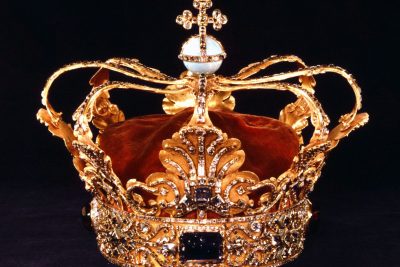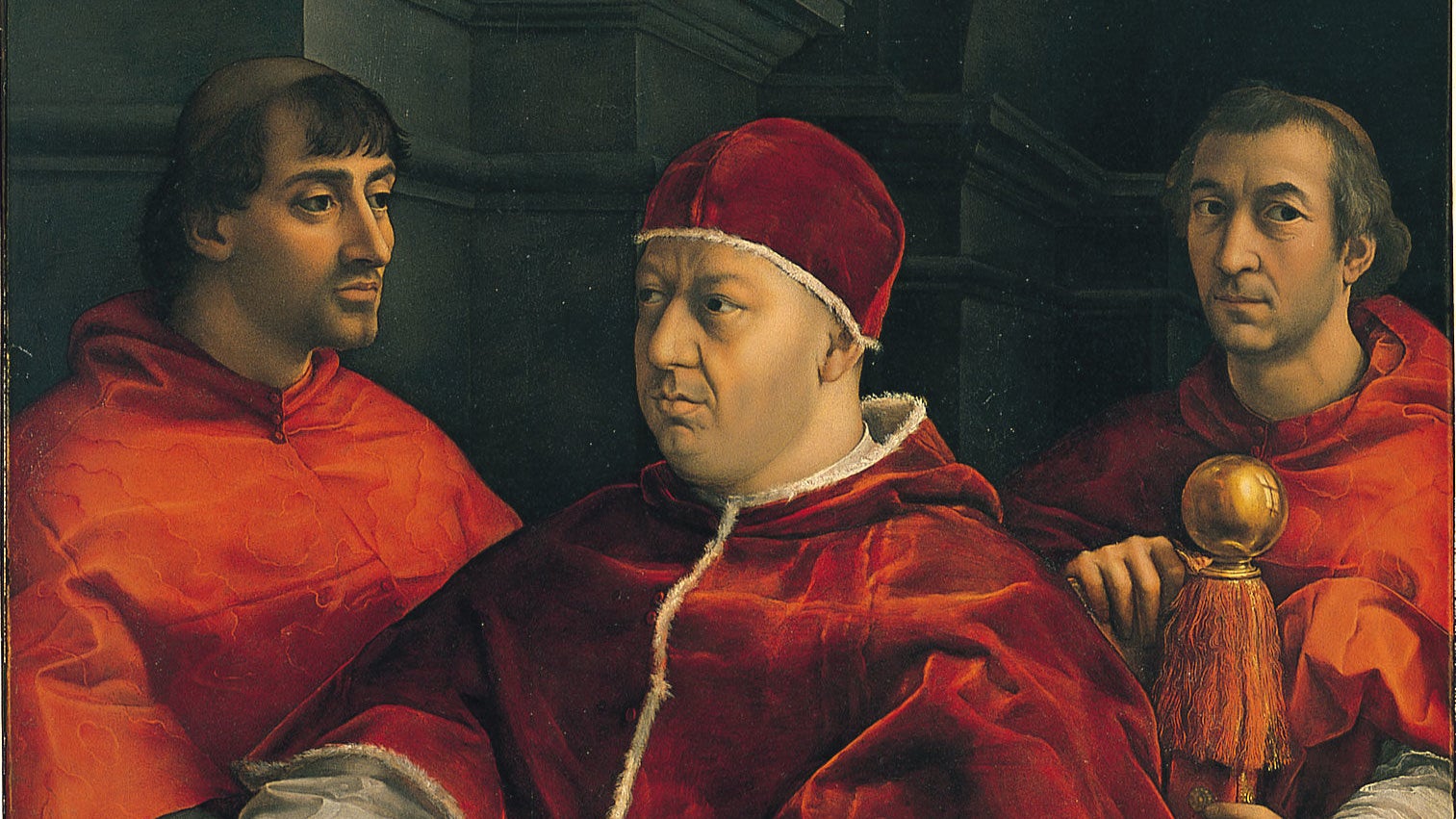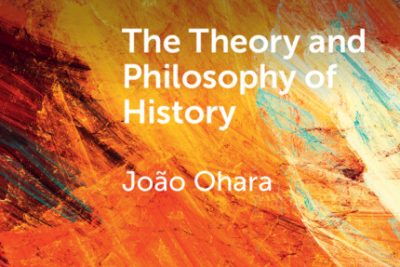
De Medici: A Brief Overview of the Powerful Italian Family

The De Medici family, often regarded as one of the most powerful and influential families in history, played a critical role in the political, social, and cultural landscape of Italy during the Renaissance. With their roots in Florence, the House of De Medici emerged in the early 15th century and quickly rose from the status of wealthy merchants to grand dukes and popes. But what was the Medici family really about? This article will delve into the rich history and profound influence of this prominent Italian family throughout the centuries.
This comprehensive overview will explore not only the Medici family in Italy but also their multifaceted contributions to art, politics, and religion. From the rise of Giovanni di Bicci de' Medici to the golden age under Cosimo and Lorenzo the Magnificent, the Italian Medici family marked its territory through domestic and international alliances that changed the face of Europe. We will also examine the decline of the family and the lasting legacy they left behind, which can still be felt today.
- Historical Context of the Medici Family
- The Rise of Giovanni di Bicci de' Medici
- The Golden Age: Cosimo and Lorenzo the Magnificent
- The Medici as Patrons of the Arts
- Political Alliances and Influence on European Royalty
- Notable Medici Popes: Influence and Legacy
- The Fall of the Medici: Decline and Extinction
- Conclusion: The Enduring Legacy of the Medici Family
Historical Context of the Medici Family
The Medici family of Italy emerged in a period marked by social upheaval, economic growth, and cultural revival. During the late Middle Ages, Florence was transitioning into a powerful city-state, largely due to the expansion of banking and trade. The city's wealth attracted a diverse group of merchants and financiers, among whom the family de Medici rose to prominence. The travel routes and trade networks connecting Italy to the broader European landscape made Florence a significant center for commerce, and the medici family in Italy capitalized on this transformation to build their fortune.
In this evolving environment, the house de Medici navigated the complexities of local and regional politics, aligning themselves with influential figures and fostering relationships that would solidify their power. What is the Medici family? It's a narrative of ambition, astute strategy, and an unyielding vision for dominance. Their rise was not solely about wealth; it was also about creating a legacy that intertwined art, culture, and governance, which they managed to do remarkably well.
The Rise of Giovanni di Bicci de' Medici
Giovanni di Bicci de' Medici, generally considered the founder of the medici family of italy, was born around 1360. His background consisted of merchant-class beginnings, which he leveraged to expand the family's banking enterprise. Giovanni's keen financial acumen led to the establishment of the Medici Bank, which quickly became one of the most successful banks in Europe. Through this financial prowess, he laid the groundwork for the family's rise to power.
Giovanni’s ability to navigate the treacherous waters of Florentine politics enabled him to gain significant influence in the city. He strategically formed alliances with powerful families and the papacy, ensuring that the De Medicis were on the right side of political decisions. It was under his leadership that the family began to emerge as a formidable power in Florence. Through careful marriages and political maneuvering, Giovanni solidified the standing of the family de Medici not just in Florence but throughout Italy.
The Golden Age: Cosimo and Lorenzo the Magnificent
The peak of the medici family in italy came under the leadership of Cosimo de’ Medici and his grandson Lorenzo, known as Lorenzo the Magnificent. Cosimo's reign, beginning in the early 15th century, was characterized by an extraordinary blend of political acumen, economic development, and patronage of the arts. Under Cosimo, the House of De Medici effectively became the ruling family of Florence, with political power consolidated so heavily that the family's influence extended even beyond the city-state.
Lorenzo's leadership further elevated the family's status. Known for his charm and intelligence, Lorenzo became a cultural icon of the Renaissance. He patronized many famous artists, including Michelangelo and Botticelli, fostering an environment where art and scholarship could flourish. During his rule, the Italian Medici family reached its zenith, synonymous with cultural richness and political power. The period bore witness to an explosion of artistic output and innovation, marking this era as the golden age of the medici family of italy.
The Medici as Patrons of the Arts
The greatest legacy of the medici family italy lies in their role as patrons of the arts. While many families of the era vied for political power, the Medici distinguished themselves through their commitment to cultural advancement. They transformed Florence into a center of art, architecture, literature, and philosophy. Under their patronage, Florence saw the construction of iconic landmarks such as the Ponte Vecchio and the Florence Cathedral.
What is the Medici family without its cultural contributions? The Medici family in Italy supported artists who would redefine the boundaries of creativity. From Leonardo da Vinci's groundbreaking works to Botticelli's ethereal paintings, the cultural output during the Medici's reign set new standards that have influenced generations. The Medici's financial support helped artists focus solely on their work, leading to a flourishing of creativity that resonated through the ages and still captivates audiences today.
Political Alliances and Influence on European Royalty
The influence of the House of De Medici extended beyond Italy, forming crucial alliances with European royalty. Through strategic marriages and diplomacy, the medici family wed their way into the royal houses of Europe. Perhaps the most notable was Catherine de’ Medici, who married Henry II of France. This marriage not only secured the family's influence in France but also intertwined the fates of the two nations.
The Medici's influence was not merely limited to Italy and France; they maintained relationships with various royal families throughout Europe. This network led to interconnectedness that shaped political outcomes during the Renaissance. What was the Medici family if not a power broker in shaping the political landscape of Europe? Their alliances and strategic marriages created a legacy that affected European politics and policies for generations.
Notable Medici Popes: Influence and Legacy
The medici family of italy produced a number of popes, including Pope Leo X and Pope Clement VII, solidifying their influence not just in civic and artistic circles but also within the Catholic Church. Pope Leo X, who reigned from 1513 to 1521, is often remembered for his extravagant lifestyle and patronage of the arts but also for his inability to mitigate the growing unrest that would lead to the Protestant Reformation.
Pope Clement VII, also a Medici, faced challenges including the sack of Rome and the complex politics of the Reformation. The impact of these popes and their political decisions shaped religious and social structures in Europe that would resonate for centuries. The medici family in italy deeply intertwined with the religious institutions of their time, and their legacy continues to affect the Catholic Church to this day.
The Fall of the Medici: Decline and Extinction
Despite their impressive accomplishments, the decline of the House De Medici was gradual but inevitable. The family faced numerous challenges, including economic strain and political opposition. By the late 17th century, the medici family of italy began to lose grip on their territories, facing increasing challenges from rival families and internal dissent.
Gian Gastone de' Medici, the last Grand Duke of Tuscany, died in 1737 without an heir, marking the official extinction of the elder branch of the Medici family. The medici family in italy, once a titan of power and influence, faded from prominence, serving as a reminder that even the strongest institutions can fall. Despite their decline, the Medici name endures, immortalized in history and culture.
Conclusion: The Enduring Legacy of the Medici Family
The Medici family of Italy represents a fascinating tapestry of ambition, art, and power. From their beginnings in the burgeoning Florentine banking industry, the family de Medici rose to unparalleled heights, shaping the destiny of Florence and broader Europe. The golden age under Cosimo and Lorenzo saw not just political dominance but a cultural awakening that continues to inspire countless generations.
While the family eventually faded into history, the impact of the medici family in italy remains an important chapter in the narrative of European history. Their patronage of the arts fostered a rich cultural environment that redefined artistic expression. As we explore the legacy they left behind, we can't help but appreciate the contributions of the medici family of italy that continue to resonate through time.
Did you find this article helpful? De Medici: A Brief Overview of the Powerful Italian Family See more here Education.
Leave a Reply






Related posts